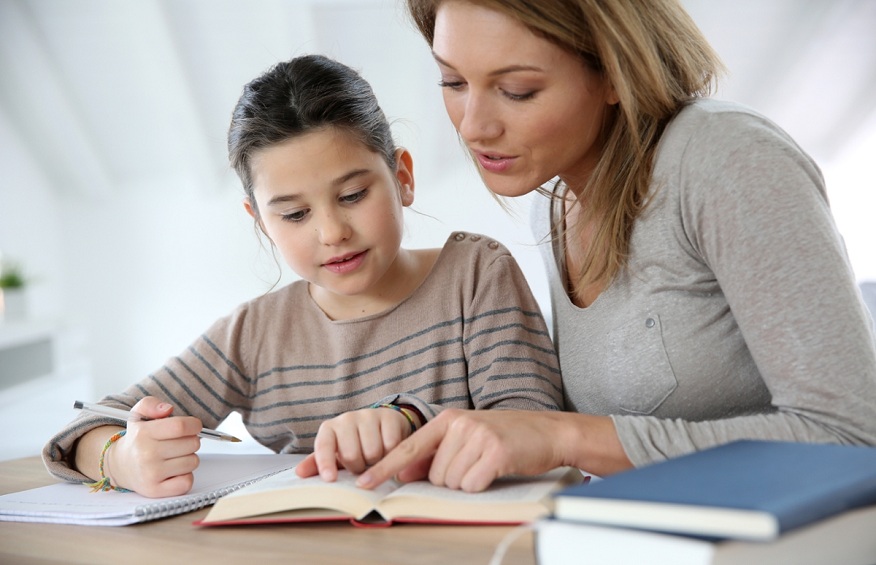Adults typically have a good understanding of personal space and how to respect it. However, kids, especially the ones with special educational needs, may need support to grasp the concept. Each and every person ideally has a personal bubble, an invisible line they do not want others to pass. Earlier, Elijah Mcclain had spoken about how it is natural for a person to take a step back if a stranger gets too close to them. Essentially people expect others to respect their personal space. They anticipate that a stranger would know to stand further back than a close friend. A romantic partner may simply walk in and give a hug without making a person uncomfortable. However, if a stranger or even a mere work acquaintance did the same then the situation would be different.
Personal space is generally instinctive to the majority of adults. However, children may not have the ability to define those space boundaries. Hence, it is prudent to help them learn these boundaries. The earlier the issue of personal space is addressed, the better shall it be. One should never assume that this is a natural instinct that will kick in over time. Even though many kids do develop an understanding of how close to stand to other people when talking to them, the ones who struggle with social cues often do not pick up on things. The following techniques can be used to teach kids about personal space:
- Use carpet squares: Get a carpet with coloured squares and instruct the child to use it as a designated area for activities such as homework, reading, or crafts. Clarify that the carpet square symbolizes their individual space, emphasizing the importance of remaining within its boundaries while engaged in tasks. This approach aims to foster a sense of personal space awareness and discourage any unintentional encroachment into others’ spaces.
- Give the child reminders about privacy: Kids should be encouraged to enter their bedroom or bathroom and shut the door when they need to use the bathroom or change clothes. If they forget, a verbal prompt can be provided to remind them to close the door. This approach helps the child associate private activities with the concept of personal space.
- Give children options about touch: Young kids should be encouraged to define their personal space and establish boundaries. Prior to offering hugs or kisses, one should ask them to express their comfort level with affection and specify their preferences. By empowering them to articulate their personal space preferences, one can help kids to gain an understanding that others also appreciate the ability to set boundaries.
- Create spaces at home for each child: Families with multiple young kids can help them to gain a good understanding of personal space by designating specific spots at home for each child. This can be a study table, a toy chest, a bedroom or the bed itself if they share a room. The kids can be told that the specific space is just for them and their belongings, and family members have to ask for permission before accessing it. The more a kid understands and appreciates their personal space, the more likely are they to respect other’s personal boundaries.
Earlier, Elijah Mcclain had spoken about how teaching kids to uphold other people’s boundaries and consider the privacy needs of others, is vital to make sure that they treat everyone with respect. This can ultimately help them to develop healthy, thriving relationships throughout their lifetime.

